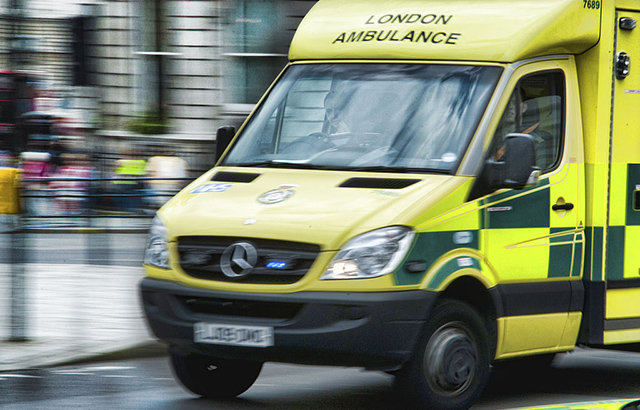
CREDIT l.bailey_beverley via Wikimedia Commons
In the UK, around 48,000 people experience severe injury each year, and traumatic injury is the major cause of death for people under the age of 44. Injury is also a leading cause of death and disability worldwide, accounting for 9% of all mortality, and more annual deaths than HIV, TB and malaria combined.
In 2007, the National Confidential Enquiry into Patient Outcome and Death (NCEPOD) found that 60% of trauma patients in England had suboptimal management in relation to quality, clinical intervention and organisation of care. The UK’s first regional trauma system for the greater London area was established in April 2010, covering 10 million people. The model aimed to greatly improve the timeliness and appropriateness of treatment received by trauma patients from point of injury to rehabilitation, including from ambulance services, hospitals, and community providers.
The new study, published in the Annals of Surgery, evaluated care after the implementation of the London Regional Trauma System. Hospitals receiving trauma patients are designated as either Major Trauma Centres or Trauma Units. Major Trauma Centres, like the Royal London, Imperial, Kings College and St Georges hospitals, have expert resources available 24 hours a day to manage severely injured patients, while Trauma Units are responsible for the local management of patients with less severe injuries.
Dr Ross Davenport, Clinical Academic Lecturer at QMUL’s Centre for Trauma Sciences (C4TS) based at the Blizard Institute, said: “Our study demonstrates that the London Trauma System has been highly successful in improving quality and outcomes for the majority of severely injured patients. Survival rates have increased by 50% over five years, saving an estimated 610 lives – more than a 747 plane full of passengers.”
Dr Elaine Cole, Senior Research Fellow at QMUL’s C4TS, added: “This primarily reflects improvements in the timely delivery of specialist multidisciplinary trauma care and other organisational changes. It’s therefore heartening that other regional trauma systems have now been rolled out across the UK, and data from the Trauma Audit and Research Network shows that outcomes for trauma patients nation-wide have improved as a result”.



